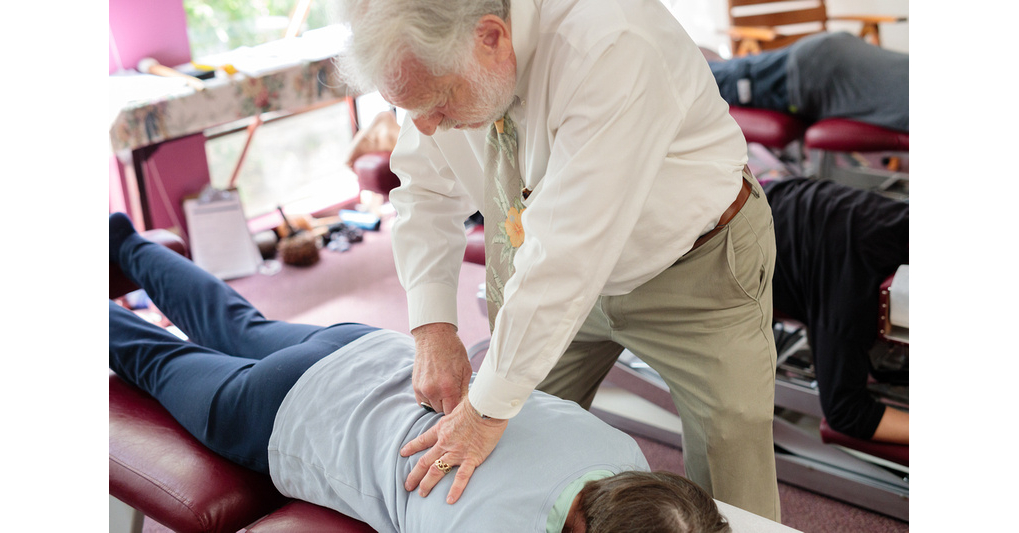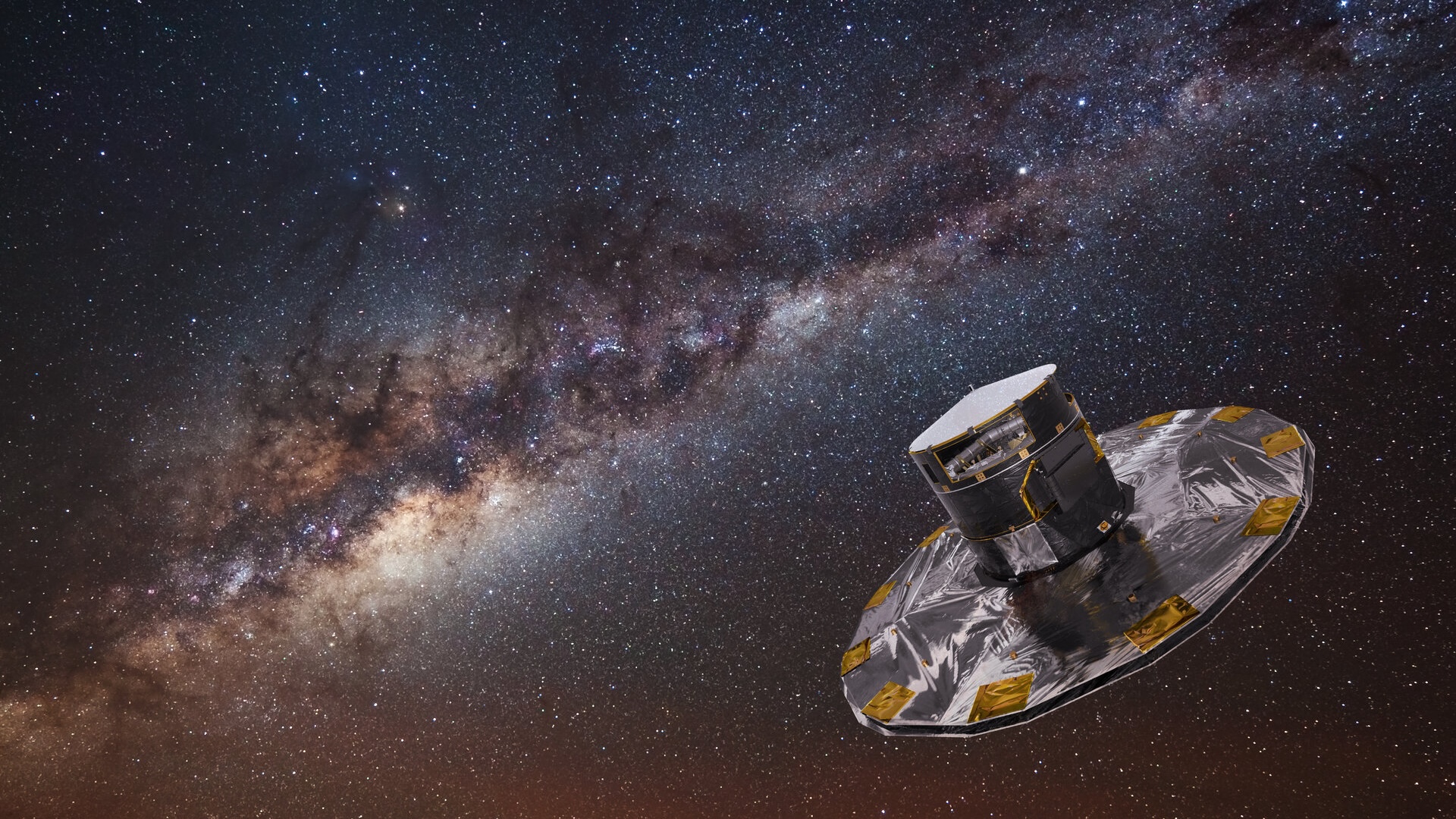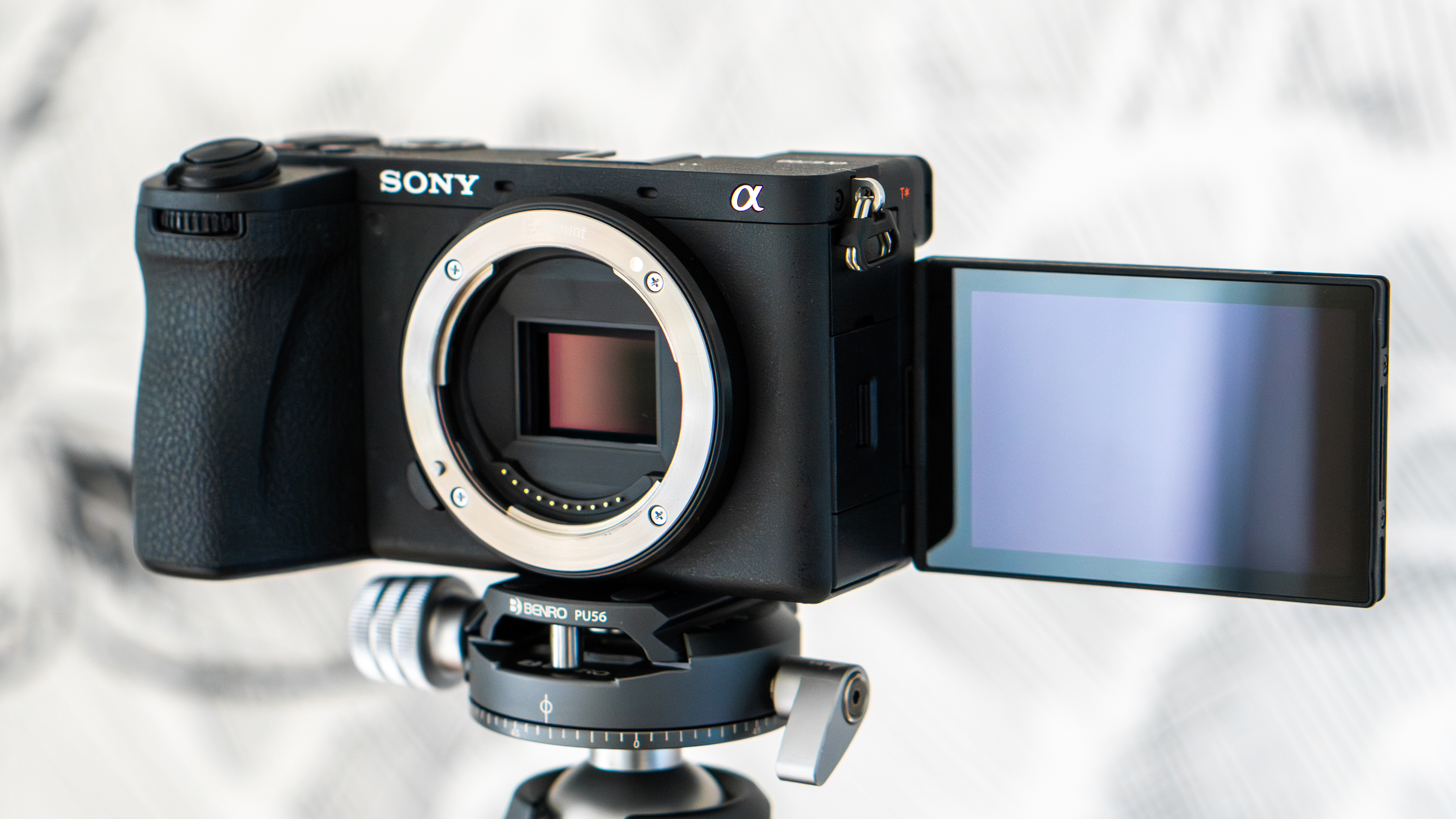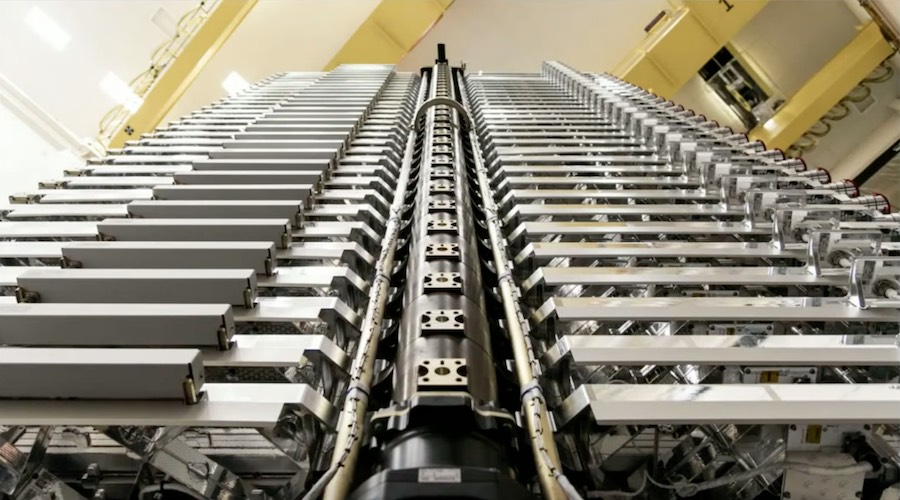Published October 5, 2023
11 min read
Texas looms large in American history and lore. The second largest state in the United States encompasses ancient rock art in its deserts, Latino culture in its cities, and cowboy history and classical paintings in its museums. To help rein in your trip, we consulted locals about where y’all should visit.
Go bouldering or birding amid ancient rock “tanks”
Huecos, 10,000-year-old natural rock basins which trap rainwater that animals, birds, and even humans drink from, give Hueco Tanks State Park—about 30 miles outside of El Paso—its name. “It’s a fantastic spot for bouldering and rock climbing,” says writer Rachel Ng, who wrote the Texas chapter of the National Geographic book Great Outdoors U.S.A.: 1,000 Adventures Across All 50 States. “Plus you see pictographs, petroglyphs, and artifacts from the region’s early Jornada Mogollon people.”
Sign up for a ranger-led tour, but plan ahead—only 70 visitors can access the park at once. “You won’t have to fight off the crowds here,” says Ng.
Explore Black culture in Houston
“Houston is a lot artier than people think, in particular the Third Ward,” says novelist and screenwriter Attica Locke, a native of the state’s largest city. “It’s a historically Black neighborhood with a really vibrant culture.” The walkable area southeast of downtown centers around the fountain filled Emancipation Park.
Adjoining streets are lined with shops (Locke recommends the Black author-focused Kindred Stories bookstore) and restaurants like bakery Crumbville (vegan sweets) and the Turkey Leg Hut. “My favorite place to go is Project Row Houses,” says Locke. “They took a bunch of old shotgun houses and turned them into a cultural center with exhibits and events.”
Spot millions of bats
Texas is the battiest state in the U.S., with 32 of the 47 bat species found in America nesting here or migrating through. “Bracken Bat Cave in San Antonio is the largest bat colony in the country,” says National Geographic Explorer Caitlin Bailey, a wildlife photographer and cinematographer based in San Antonio. From June through September, visitors can make a reservation to watch 15 million Mexican freetail bats fly out of the cave (about a 45-minute drive from the city).
“It’s a fun challenge to photograph and film millions of them coming out in a kind of bat-nado,” says Bailey. From mid-March to early November, the largest urban bat colony in North America lives under the Congress Avenue Bridge on Lady Bird Lake in Austin. Each night at dusk, see the freetails depart as you stand on the bridge or the shore or sit on a cruise boat or kayak.
Bike to Spanish missions in San Antonio
San Antonio’s Alamo rightfully gets a lot of press, but the city’s other four 17th-century Spanish Catholic missions provide a less trafficked look at early life in the area. The UNESCO World heritage sites are located approximately two to three miles apart on a stretch of the San Antonio River known as the Mission Reach, where downtown SA’s restaurant- and hotel-stuffed Riverwalk gives way to grassy wetlands, bird-filled parks, and Latino neighborhoods.
“If you just stay downtown, you don’t understand that we really have a wild river here,” says Frates Seeligson, the executive director of the San Antonio River Foundation. He recommends hopping on an e-bike or renting a kayak to explore the Reach’s history and nature. “It’s an amazing recreational opportunity, and it’s almost like being in the country,” he says. “You’ll hear more chickens than cars!” Fuel up along the route at mom-and-pop Tex-Mex places like Carnitas Lonja or Eva’s Mexican Restaurant, where Seeligson recommends the chilaquiles breakfast tacos.
Get a taste of German heritage in the Hill Country
German immigrants came to Central and South Texas from the 1830s through the 1900s. Their architecture, food, and polka bands still draw visitors to Hill Country towns like Fredericksburg and New Braunfels. But Chris Tomlinson, a Houston Chronicle columnist (and coauthor of the book Forget the Alamo) also recommends the tiny, lesser known town of Comfort. “It’s this cool, off-the-beaten-path place established in the 1850s that has a German colonial feel to it,” he says. “There’s a monument to the Treue Der Union, a group of German immigrants that were massacred fighting against Confederates in the Civil War.”
Tomlinson is fond of High’s Café and Store on the main street. “Don’t miss the chicken fried steak when it’s on the menu,” he says. “Most people don’t understand it’s basically a Texan schnitzel, a deep-fried piece of beef with cream gravy.”
Hunt for handicrafts
Proximity to Mexico and a thriving western wear industry mean you can still find vibrant crafts both made and sold in the Lone Star State. “I love to buy Mexican guayaberas [men’s embroidered shirts] and Día de los Muertos skulls at San Angel Folk Art, which is in the same complex as our gallery,” says Mary Heathcott, executive director of Contemporary at Blue Star, a nonprofit art space in San Antonio. “These aren’t cheap souvenirs, but treasures.” Nearby, the Alamo City’s Historic Market Square sells pottery, textiles, and other goods created South of the Border on a plaza that’s been a commercial center since the 18th century.
Cowboy cool aficionados can watch colorful boots being stitched and fitted at El Paso’s Rocketbuster or get a hat custom made at Catalina Hatters in Bryan, a historic town outside of Houston and close to Texas A&M University.
Visit “the Grand Canyon of Texas”
“The Texas Panhandle isn’t typically viewed as geologically dramatic—it’s mostly flat rangeland and miles of sorghum and cotton,” says Austin-based National Geographic photographer Bryan Schutmatt. “But the land breaks open at Caprock Canyons and Palo Duro Canyon state parks.” Both zones are filled with red rock canyons, dramatic bluffs, and ample foot and horse trails. “They’re great to hike and photograph, and I love the amazing bison herd at Caprock,” says Schutmatt. Palo Duro—the second largest canyon system in the U.S.—is 120 miles long, 20 miles wide, and up to 800 feet deep. The best time to photograph it might be sunset, when desert dust stripes the sky with purple, pink, and violet.
Immerse yourself in the arts in Dallas
“The Bishop Arts District in Dallas could be the next Brooklyn,” says Christian Cruz, a performance artist and native of the North Texas city. Dozens of galleries, boutiques, and coffee shops crowd early 20th-century storefronts in the walkable neighborhood just north of downtown (you can reach it via a streetcar). Cruz’s favorite galleries include Decorazon, a white-walled space for emerging artists, and Ellison Valencia Gallery, which focuses on local painters and sculptors. Outdoor murals also deck the neighborhood: look for one of Tejano singer Selena as well as a two-story riff on cacti and cowgirls.
In downtown Dallas, Cruz has performed at The Nasher Sculpture Center, a sleek contemporary indoor-outdoor art museum. She never misses the large-scale video and light installations from Aurora, an arts collective that organizes a biannual show and several pop ups around the city. “They do projections on buildings or have poetry readings around town,” she says. “It activates so much of the city.”
Dip into Austin’s outdoor wonderland
Zilker Park stretches over 300 lakeside acres in central Austin. It appeals to the city’s hippie, musical soul with a statue of local blues guitarist Stevie Ray Vaughan and events like the concert-filled Austin City Limits Festival each October. But it’s also the state capital’s green heart, with hiking and running along the 7-mile Barton Creek Greenway and paddle board and kayak rentals on Lady Bird Lake.
Plus, you can take a dip in the chilly, spring-fed pool at Barton Springs. “Even when it’s 110 degrees out, the springs stay a constant 72 degrees,” says Austin novelist Amanda Eyre Ward. “I jump right in, and when the shock wears off, my body is cooled down.” Ward centered her most recent novel, The Lifeguards, around the pool and park.
(For more tips on what to do in Texas, see our Explorer’s Guide.)
Jennifer Barger is a San Antonio native and a senior travel editor at National Geographic. Follow her on Instagram.
Note: This article have been indexed to our site. We do not claim legitimacy, ownership or copyright of any of the content above. To see the article at original source Click Here












